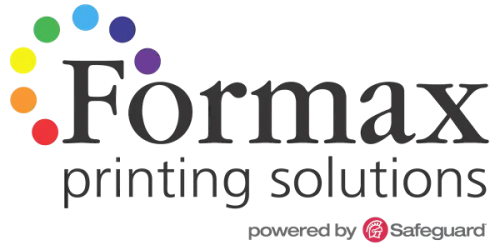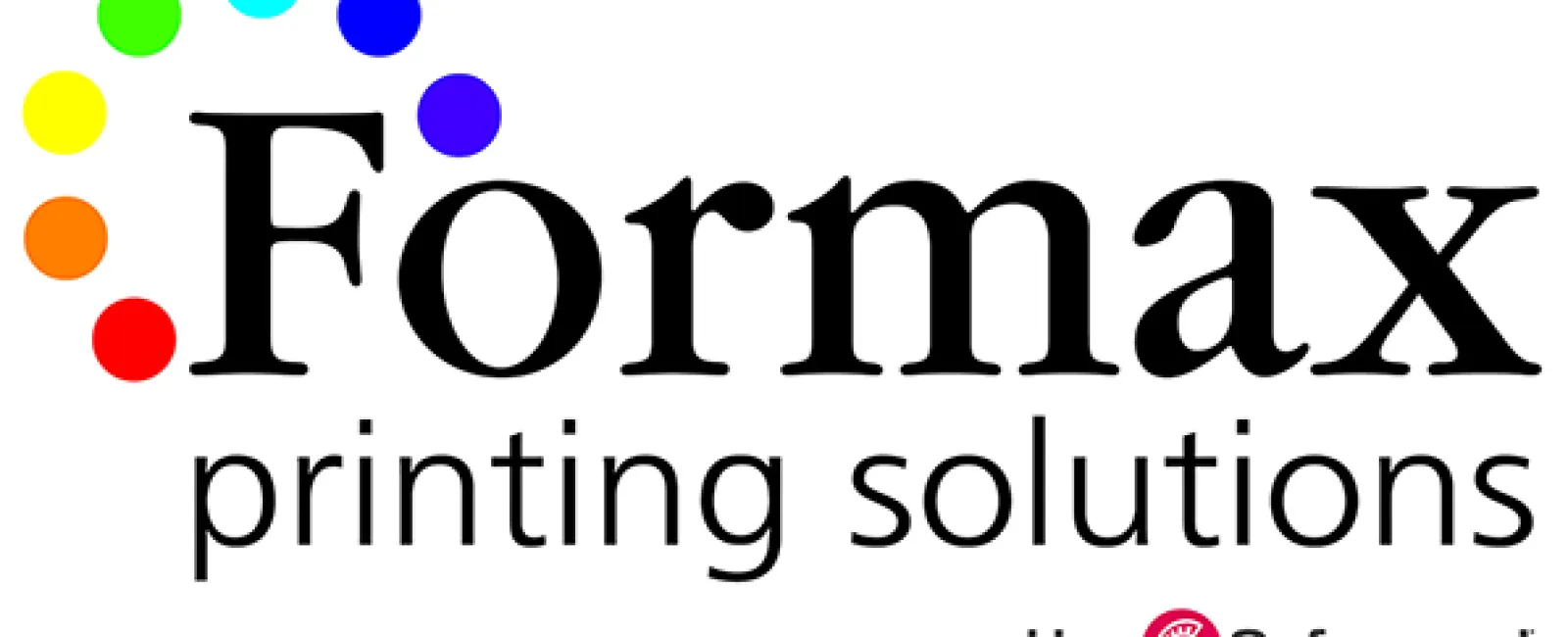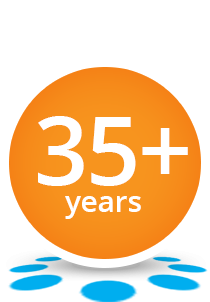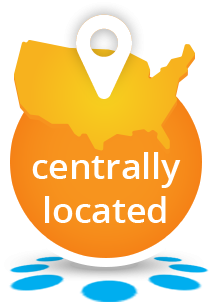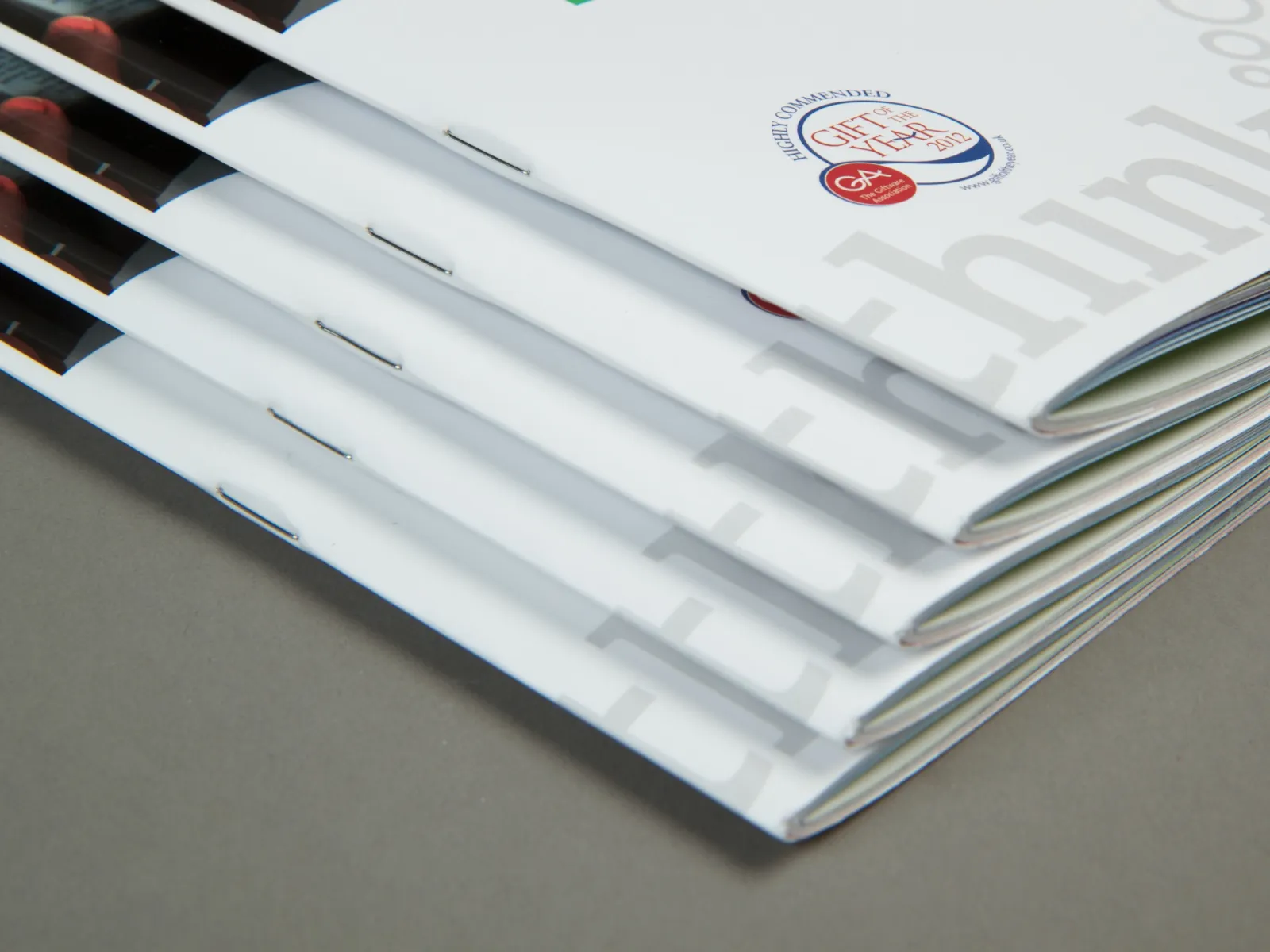
Saddle stitch binding is commonly used to bind multi-page documents, including booklets. It's a method whereby paper sheets are folded in the middle and stapled along the spine.
Saddle stitch binding is cost-effective, especially for short to medium-sized runs. It's also best suited for documents with smaller page counts, typically up to 64 pages.
Saddle stitch binding page number is dependent on the paper weight and binding equipment capacity. Saddle stitch finishing provides a neat look to brochures, catalogs, event programs, and marketing material.
Saddle stitch binding allows booklets to open fairly flat, which makes them more readable. It is a fast and effective process, and therefore it leaves print projects being delivered faster.
It's a great option for budget-tight projects without sacrificing quality. Saddle stitched booklets are simple to handle, stack, and distribute.
This post will explore the advantages of saddle stitch binding for booklets, giving useful information for publishers, companies, and individuals weighing different binding choices for printing purposes.
Understanding Saddle Stitch Binding
Saddle stitch binding is a simple yet efficient way of making booklets. It involves folding all the printed sheets at once and then stapling them in the center fold. The booklet is made up of folded sheets that act as the pages and the spine, giving it a clean and professional look.This method is most appropriate for low-page documents, usually no more than about 64, depending on the paper thickness. Saddle stitching's ease of use makes it a safe bet for jobs that need to be turned around quickly. It's particularly favored in the printing industry because it's so convenient to operate and it gives a clean-looking finish.
The Ideal Saddle Stitch Binding Page Count
Understanding the correct page count is crucial to the success of saddle stitching. Ideally, it is recommended for booklets between 8 and 64 pages. The page number can slightly vary depending on the paper weight and type used.When using thicker paper, one can use less paper so that the booklet is not too heavy. A heavier booklet does not flatten. Thus, for optimal results, consider material as well as what your project demands.
It is also worth mentioning that saddle stitch binding requires the page count to be a multiple of four. This will determine that pages are printed and folded accurately, keeping their order. Designing your booklet keeping these factors in mind guarantees a professional-looking final result.
Cost-Effectiveness of Saddle Stitching
Saddle stitch binding is among the cheapest booklet manufacturing methods. Its simplicity implies fewer times and amounts needed for binding. This less labor-intensive process makes it best for low to moderate-sized print runs, particularly if budget is a concern.Compared to other binding methods, saddle stitching often requires less setup time and fewer resources. Such cost savings in production could be passed on to the consumer, providing quality work at an affordable price. This allows businesses to create professional-looking marketing materials without exceeding budget.
Simplicity and Speed of Production
Saddle stitch binding is also valued for being straightforward and with quick production lead time. The technique is performed by folding sheets and stapling them together along the spine. The straightforward technique diminishes the number of steps, thereby conserving assembly time.Due to its simplicity, saddle stitching can be mechanized, lowering the cost of labor and increasing efficiency. This production efficiency makes it a perfect choice for emergency print orders. With reduced complexity, printers are able to print finished booklets faster, without sacrificing quality. This benefit is significant for businesses that need instant solutions for their printed items.
Professional Appearance and Versatility
Saddle stitching produces a professional, neat finish in booklets that both clients and customers are impressed with. Binding pages remain neatly aligned without visible staples on the back cover, giving a sleek look.The flexibility of saddle stitch binding involves the application of various types and sizes of paper, thus making it applicable to various types of projects. Whether producing a small brochure or a full-size catalog, saddle stitching can easily be accommodated. Its applicability to various stocks of paper and custom finishes also adds to the design of the booklet, providing additional value to any printed material. Such versatility makes it a common choice for most print activities.
Durability and Eco-Friendliness
Saddle stitch binding is known for its durability, making it ideal for materials subject to frequent handling. The binding's robustness ensures that pages stay secure over time, even with regular use.Moreover, saddle stitch binding is also an eco-friendly option. It uses fewer materials compared to other binding procedures and hence generates less waste. The eco-friendly procedure is appreciated by organizations and businesses that want to minimize their carbon footprint without sacrificing quality printed materials. With saddle stitch binding, not only are you investing in the environment, but also in permanence.
Design Considerations for Saddle Stitched Booklets
When designing a saddle-stitched booklet, planning has to be done carefully in order to achieve a polished product. The gutter allowance and margin have to be planned so that the content is not concealed behind the fold.Yet another important consideration is pagination. Saddle stitch binding is ideal when the page counts are in sets of four, allowing for exact folding and alignment. Designers also need to factor in "creep" or when inside pages slightly push beyond outside pages as a result of folding. This creates an uninterrupted appearance and helps preserve visual continuity throughout the booklet, and it looks finished professionally.
Saddle Stitch Binding Uses
Saddle stitch binding is widely used for most printed documents. It is often used in producing brochures, catalogs, and marketing materials. These are bolstered by its neat and professional look.This type of binding is also commonly used for event programs and newsletters. Its quick production time makes it perfect for deadline projects. Many educational materials, including workbooks and manuals, also use saddle stitching. These projects take advantage of its cost-effectiveness and ease, making it an excellent option for small and large print runs.
Conclusion: Why Choose Saddle Stitch Binding?
Saddle stitch binding has a number of compelling strengths. It is both affordable and of high quality, which is a strong draw for cost-conscious projects. Its capacity to accommodate a range of paper sizes and types further strengthens its versatility.Additionally, saddle stitching is easy, quick, and efficient. The process allows for the making of aesthetically pleasing booklets with a professional finish. It's perfect for promotional materials, learning materials, and creative endeavors all alike.
It's a great solution for anyone wanting a functional, environmentally sound choice without sacrificing appearance. That it remains popular across various industries is testament to its function. Are you looking to print saddle stitch booklets? Reach out to us at 866.367.6221 or submit our quote request form.
